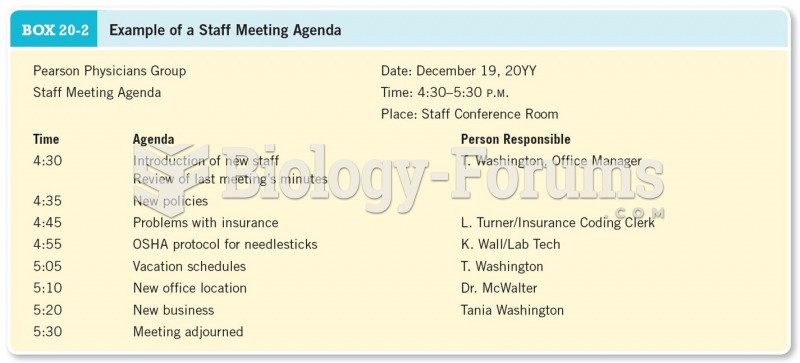Answer to Question 1
Answer: C
In quietly and respectfully calling out the nurse about her disparaging comments directed at an absent coworker, the nursing director modeled strategies to address horizontal violence (HV), a form of workplace bullying. HV is described as aggressive acts committed against a nurse by one or more nursing colleagues and can be verbal or physical. The director's positive steps to address HV included: reminding the nurse about the hospital's zero-tolerance attitude toward bullying; reinforcing the code of conduct that identified the nurses' behavior as bullying; demonstrating to other nurses that she took the issue of bullying seriously; and offering to help the nurse appropriately address with her colleague the behavior that had prompted the disparaging comment. There is not enough information presented to know if workplace stress or sexual harassment were issues, and intrapersonal conflict refers to conflict within an individual, which is not necessarily evident in this scenario.
Answer to Question 2
Answer: C
Because the inter-unit conflict described is occurring between two teams of nurses, this scenario is describing intergroup conflict. It is likely driven by each team's wish to provide quality care for their patients in a context of limited resources or lack of role clarity. Intrapersonal conflict describes stress or tension within the individual that results from real or perceived pressure associated with incompatible expectations. Interpersonal conflict is characterized by conflict between individuals (rather than service areas as in this situation). Interorganizational conflict typically involves competition between two organizations existing in one market. Without a further description of how the conflict is being manifested and managed by the two teams, the conflict can't be identified as covert (or overt) at this time.







